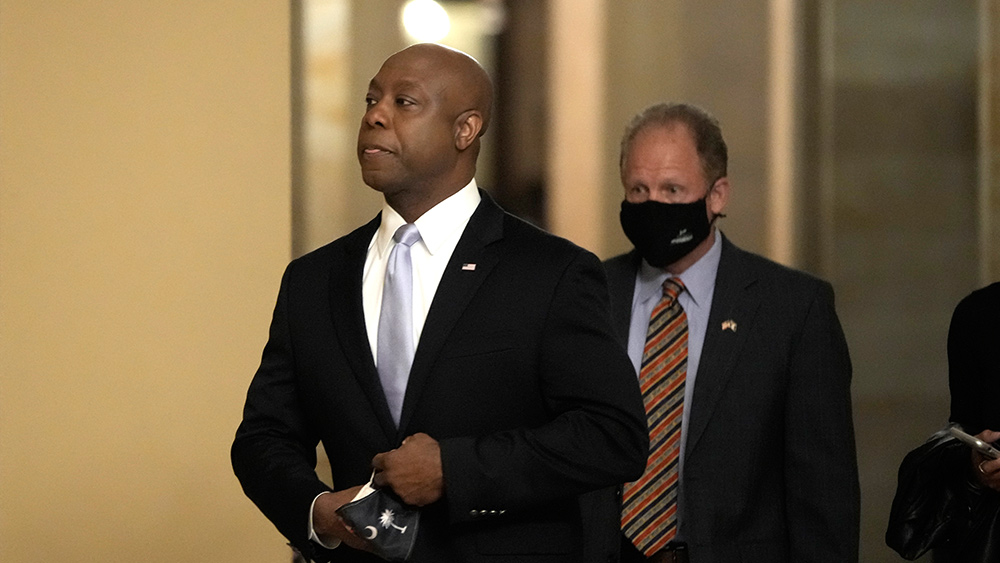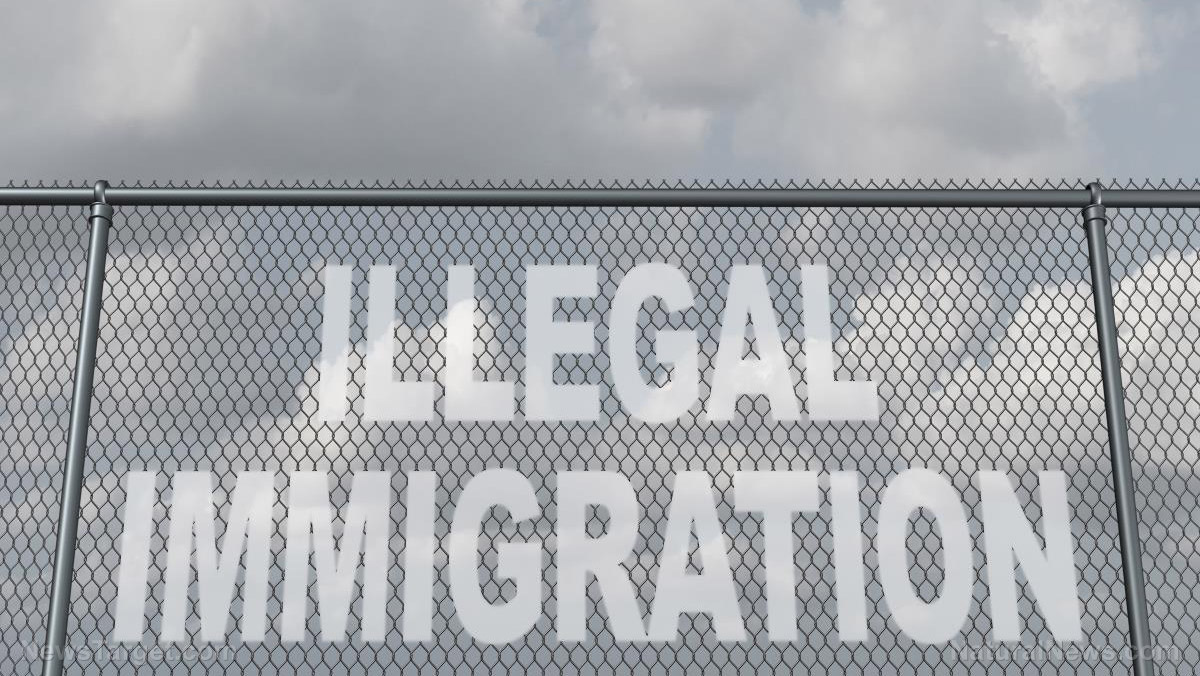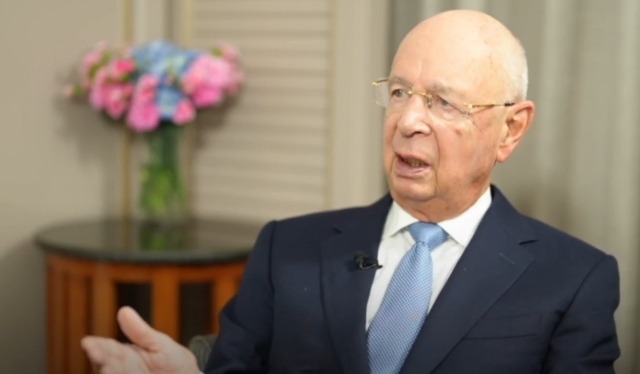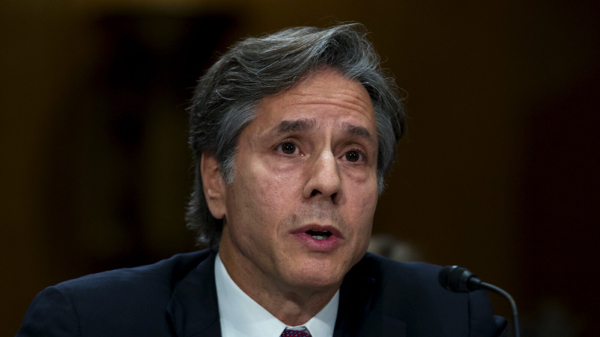FAA raises alarm about fuel-laden wings exploding on 300 Boeing planes used by American and United Airlines
05/24/2024 / By Cassie B.
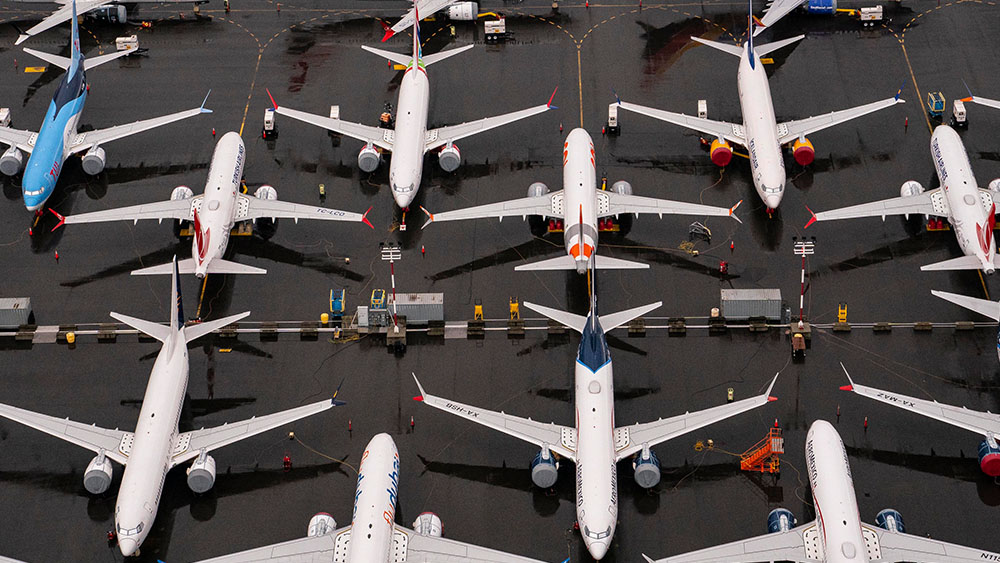
Three hundred Boeing planes that are currently being used by popular U.S. airlines have a flaw that could cause fires or explosions.
This is according to the FAA, who proposed a new airworthiness directive earlier this year about an electrical fault seen on 777 jets used by American and United Airlines. If the flaws in question are not addressed, the fuel tanks on the wings of the plane could catch on fire and explode.
They reported the problem in March and asked Boeing and outside experts to respond by May 9; it is not known if they have addressed this yet. The FAA requested that they install new electrical bonding and grounding to prevent electrostatic discharge near the air intake systems on the center-wing fuel tanks.
According to FAA projections, a safety fix for this dangerous problem would cost Boeing less than $700,000 in total across all of the vulnerable aircraft, while the parts needed to eliminate the explosion risk would cost less than $100 per plane. The company’s market cap is $113 billion, so the idea that they would ignore safety over such a trivial amount of money is enough to make anyone steer clear from their aircraft.
However, a spokesperson for Boeing claimed that the notice was merely part of a “standard regulatory process that has helped ensure air travel is the safest form of transportation. This is not an immediate safety of flight issue.”
Although they are doing their best to try to reassure passengers, Boeing has been plagued with scandals recently, with a lengthy list of problems that include mid-air engine fires, door plug blowouts and fatal crashes.
At a recent Senate hearing, a former quality engineer for Boeing, Sam Salehpour, said: “Despite what Boeing officials state publicly, there is no safety culture at Boeing.”
“I observed Boeing workers using improper and untested methods to align parts in the 777,” he added.
He said that he even observed workers jumping on top of parts of the plane in an attempt to get them to align.
Moreover, when Salehpour raised the alarm over even more serious risks involving their 787 Dreamliners, he was “involuntarily transferred to the 777 program in retaliation.”
He explained: “I was ignored, I was told not to create delays, I was told, frankly, to shut up.”
Boeing has experienced multiple scandals in recent months
It’s been a tough year for Boeing, who started out 2024 with a door plug falling out from one of its 737 Max 9 planes while it was 16,000 feet in the air. The Alaska Airlines flight was forced to make an emergency landing, and several objects reportedly flew out of the plane. However, a bigger crisis was averted as no one happened to be sitting there. Following the incident, the FAA grounded 171 737 Max 9s. An anonymous whistleblower later said that Boeing failed to reinstall the panel properly after removing it for repairs.
An FAA audit of Boeing and Spirit AeroSystems “found multiple instances where the companies allegedly failed to comply with manufacturing quality control requirements” related to the door plug incident, and the head of the NTSB accused them of not cooperating with their investigation.
In March, a gear collapse caused a United Airlines 737 Max 8 to veer off the runway; it ended up lying flat on its wings on the side of the runway as passengers were evacuated using an emergency gate ladder.
Then, a former quality control manager and long-term employee of Boeing who became a whistleblower was found dead in his truck; he had made a series of complaints to his bosses at the company and suggested the company had been cutting corners. Another whistleblower died suddenly in May.
Sources for this article include:
Submit a correction >>
Tagged Under:
american airlines, big government, Boeing, chaos, Collapse, conspiracy, corruption, Dangerous, deception, disaster, engine, FAA, fire, flying cars, future tech, Glitch, inventions, national security, panic, United Airlines, Whistleblower
This article may contain statements that reflect the opinion of the author
RECENT NEWS & ARTICLES
COPYRIGHT © 2017 BIG GOVERNMENT NEWS




